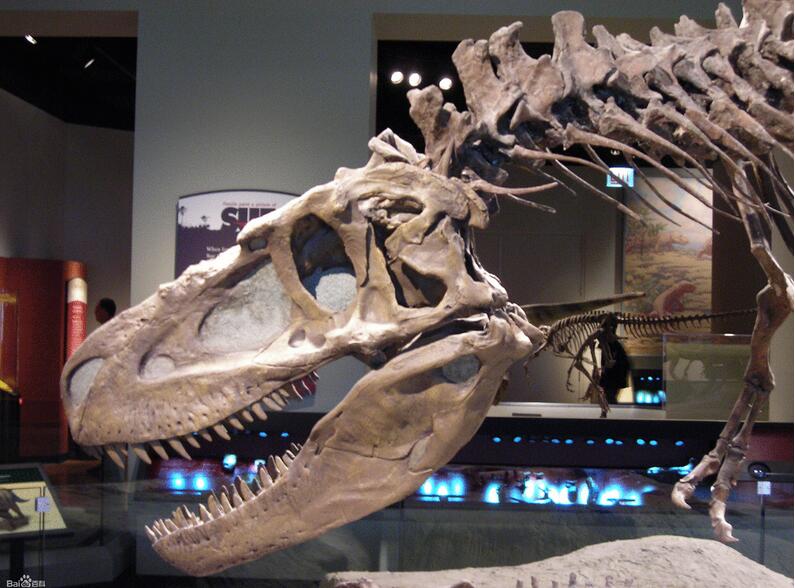So by the early years of the nineteenth century, fossils had taken on a certain inescapable importance, which makes Wistar's failure to see the significance of his dinosaur bone all the more unfortunate. Suddenly, in any case, bones were turning up all over. Several other opportunities arose for Americans to claim the discovery of dinosaurs but all were wasted.
因此,到19世紀初,化石勢必具有了某種重要性。威斯塔就顯得更不幸了,竟然沒有看到恐龍骨的意義。無論如何,這類骨頭在世界各地相繼發現。又有了幾個機會讓美國人來宣布發現了恐龍,但這些機會都沒有抓住。
In 1806 the Lewis and Clark expedition passed through the Hell Creek formation in Montana, an area where fossil hunters would later literally trip over dinosaur bones, and even examined what was clearly a dinosaur bone embedded in rock, but failed to make anything of it.
1806年,劉易斯和克拉克的考察隊穿越蒙大拿的黑爾溝巖組。在這個地方,實際上他們腳底下恐龍骨比比皆是,他們還發現一樣東西嵌在巖石里,顯然是恐龍骨,但沒有把它當一回事。

Other bones and fossilized footprints were found in the Connecticut River Valley of New England after a farm boy named Plinus Moody spied ancient tracks on a rock ledge at South Hadley, Massachusetts. Some of these at least survive—notably the bones of an Anchisaurus, which are in the collection of the Peabody Museum at Yale.
在新英格蘭,有個名叫普利納斯·穆迪的男孩子在馬薩諸塞州南哈德利的一處巖架上發現了古老的足跡;之后,又有人在康涅狄格河谷發現了骨頭和足跡的化石。至少其中有一些留存至今——令人注目的是一頭安琪龍的骨頭——現在由耶魯大學的皮博迪博物館收藏。
Found in 1818, they were the first dinosaur bones to be examined and saved, but unfortunately weren't recognized for what they were until 1855. In that same year, 1818, Caspar Wistar died, but he did gain a certain unexpected immortality when a botanist named Thomas Nuttall named a delightful climbing shrub after him. Some botanical purists still insist on spelling it wistaria.
這批恐龍骨發現于1818年,是第一批經過檢驗和保存下來的恐龍骨,不幸的是,1855年之前無人識貨。那一年,卡斯珀·威斯塔去世。不過,威斯塔沒有想到的是,植物學家托馬斯·納特爾以他的名字命名了一種可愛的攀附灌木,這倒使威斯塔在一定意義上獲得了永生。植物界有的純粹主義者迄今仍然堅持把這類植物的名字寫作“威斯塔里亞”。











